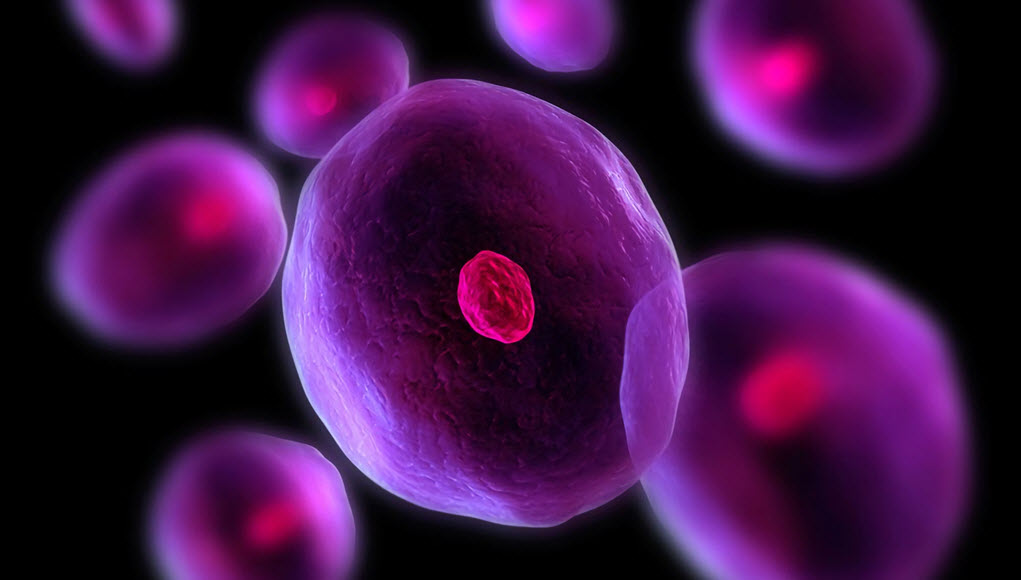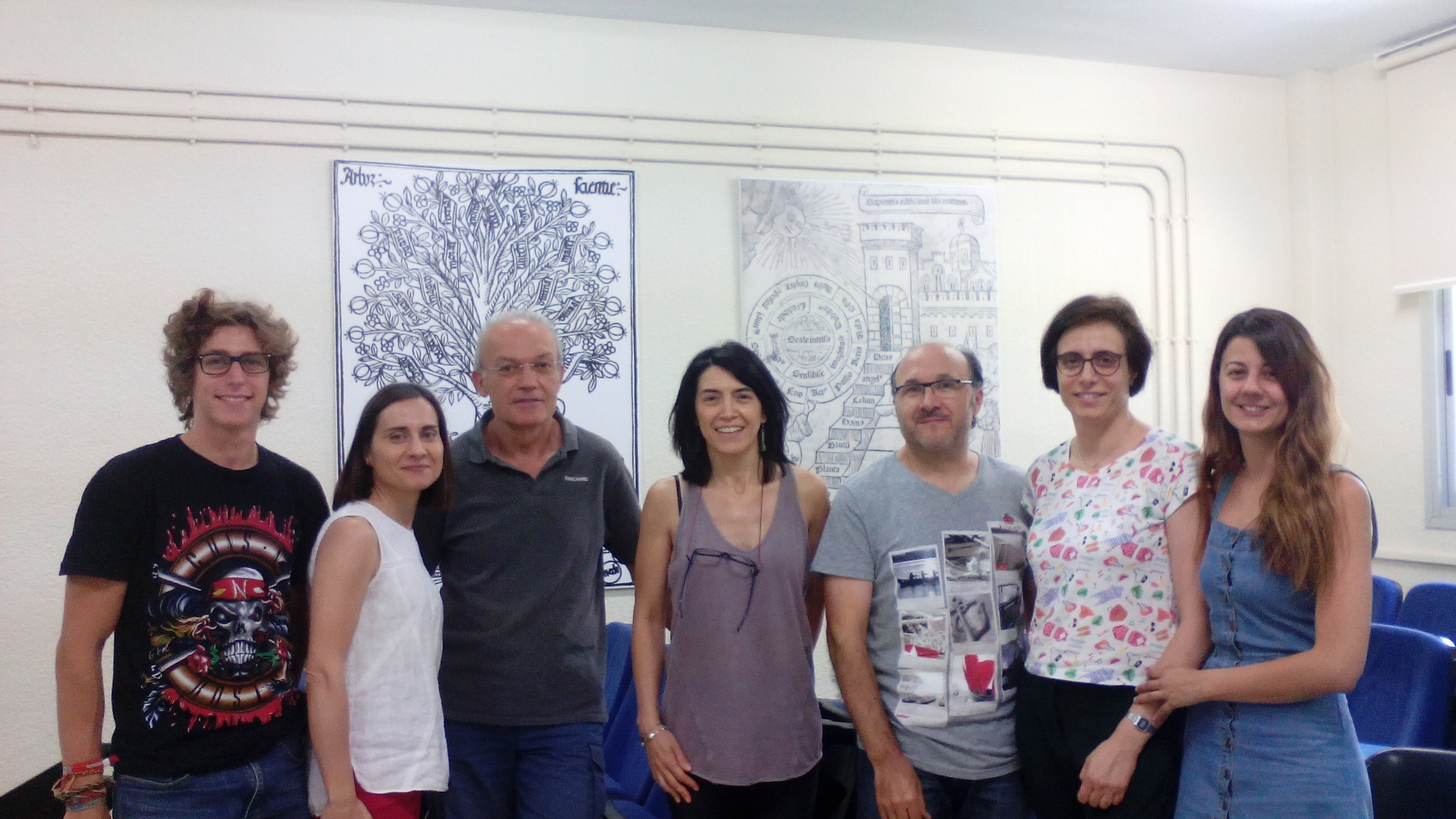
A team of researchers from the Boston Children's Hospital (USA) has developed a new technique that allows creating blood stem cells in the laboratory from pluripotent cells
2 june 2017
Last May they culminated 20 years of work and research. A team from the Boston Children’s Hospital and another from the Weill Cornell Medicine have achieved to create stem cells from pluripotent (capable of producing most tissues) and endothelial cells.
This advancement has been published at the scientific journal Nature, and it highlights that this research can help to analyse the cause of hematologic diseases, like leukaemia, or create blood cells from the patient’s own cells.
Several research groups had generated stem cells induced from others through genetic reprogramming. From those cells derived cardiac cells or neurons, but until now blood cells had never been created.
The discovering would make it possible to increase blood supply for all the patients who need transfusions, since it will allow having an unlimited sourcing of blood stem cells, and also stem cells extracted from universal donors.
Ryohichi Sugimura, one of the authors of the research, affirms that “this step opens an opportunity to take cells from patients with genetic blood disorders, use gene edition to correct their genetic defect and make functional blood cells.”
Despite the cells created from pluripotent stem cells are a mix of real blood stem cells and other cells known as blood progenitor cells, researchers have proved that they are capable of generating multiple types of human blood cells when they are induced in mice.
How have these researchers worked?
Ryohichi Sugimura, Deepak Kumur Jha, Clara Soria-Valles, Yi-Fen Lu and George Q. Daley, among other researchers, combined two approaches to develop all their work:
- Exposure of human pluripotent stem cells to chemical signals that guided them to differentiate in specialised tissues during embryonic development or cells. From there, hemogenic endothelium, which sometimes is capable of generating blood stem cells.
- They added seven transcription factors (ERG, HOXA5, HOXA9, HOXA10, LCOR, RUNX1 and SPI1) to guide the endothelium into a blood-forming state. These factors were distributed in the cells with a lentivirus, like in some ways of genetic therapy.
From there, hemogenic endothelial cells were transplanted into mice. A few weeks later the first results started to appear: a small number of animals carried in their bone marrow and circulatory system different types of human blood cells (red blood cells or myeloid cells) and T and B lymphocytes. Even some mice were capable of creating a human immune response after vaccination.
As Daley explains, “this is a great step towards research of blood genetic diseases”. The advancement is, without a doubt, very promising, since they will also be able of showing the function of human blood in ‘humanised mice’.

















